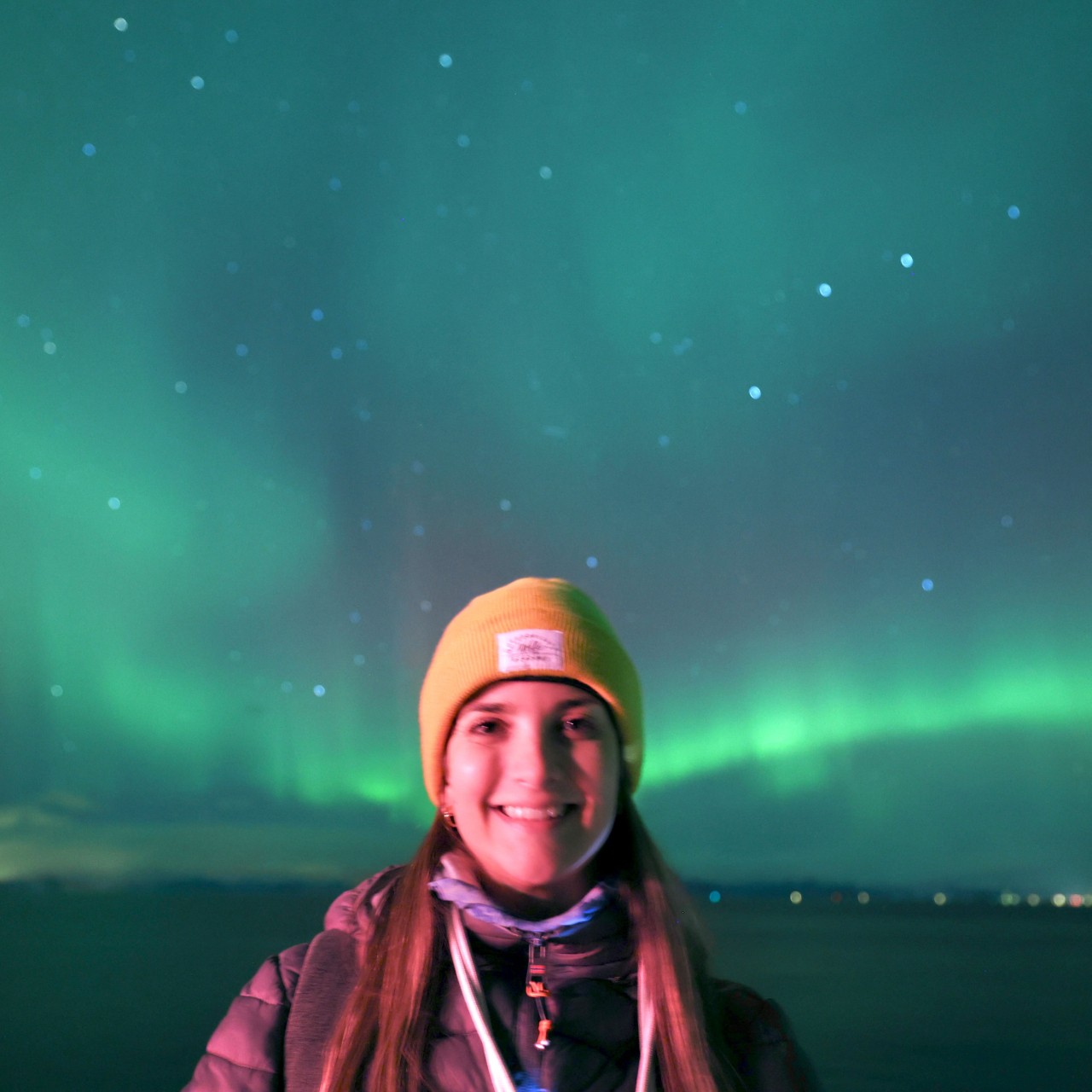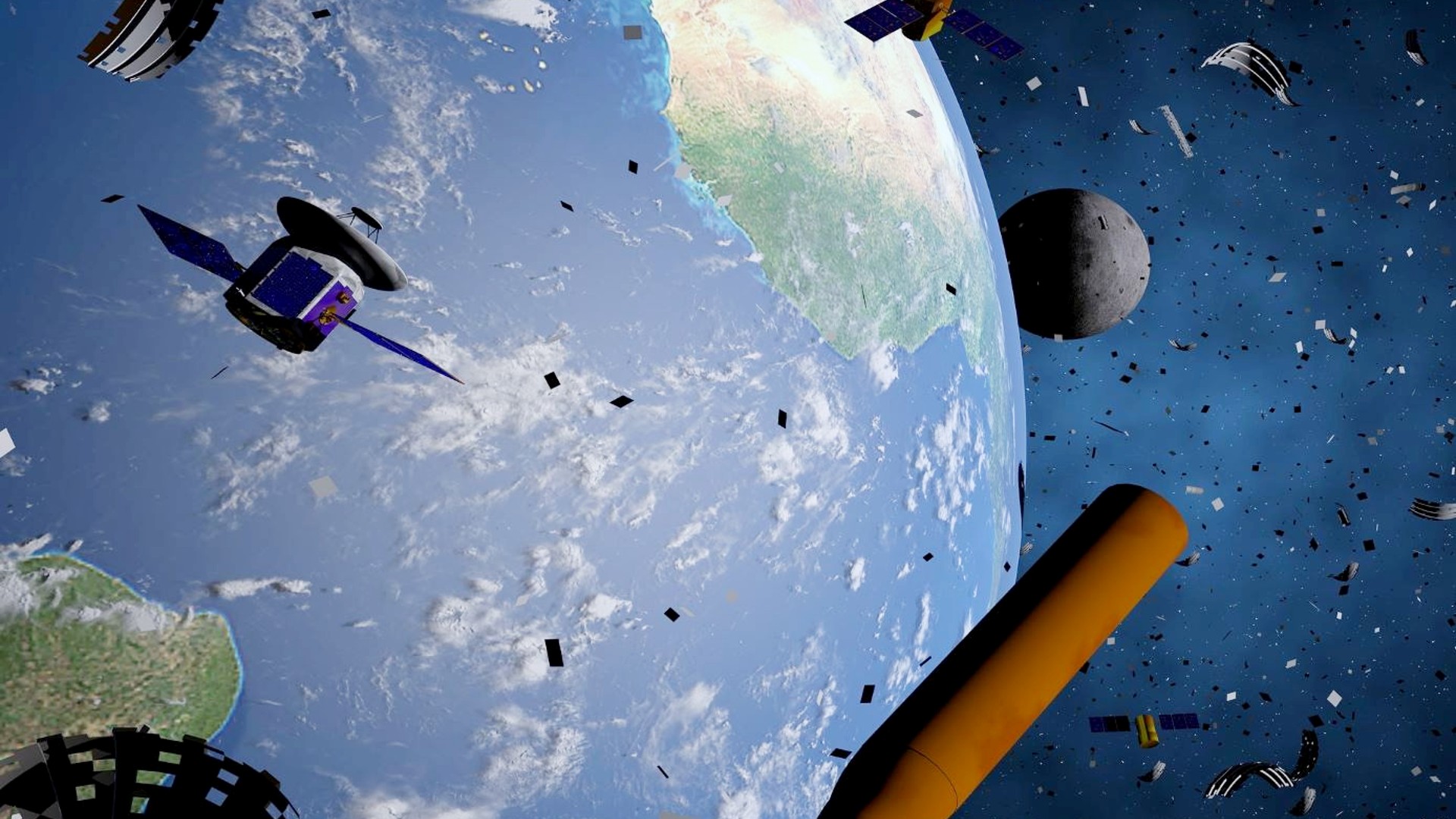Space hurricanes are real — and they wreak more havoc than we thought
Space hurricanes can shake Earth's magnetic field and scramble satellites without a solar storm in sight.

Hurricane season has a new contender, and it's swirling above the poles.
Behold, the space hurricane. Just like its terrestrial namesake, it spins in vast spirals and has a calm, eye-like center. But instead of clouds and rain, these electromagnetic tempests are made of plasma, charged particles whipped into motion by Earth's magnetic field.
Now, a new study reveals that space hurricanes can mimic the effects of a geomagnetic storm, shaking Earth's magnetic field and scrambling GPS signals even when space weather appears calm.
The study examined satellite and ground data from the first known space hurricane, which was observed in 2014. It shows, for the first time, that this stealthy, swirling structure was an active electrodynamic storm, capable of triggering real and potentially disruptive space weather effects.
"The space hurricane formed during very quiet conditions," lead author Sheng Lu of Shandong University in China, told Spaceweather.com. "Solar activity was low."
The 2014 hurricane was spotted in imagery from the U.S. Defense Meteorological Satellite Program (DMSP). The large spiral pattern, centered over the magnetic north pole, with curved arms and a dark central "eye," glowed faintly with auroral light.
But this was no ordinary aurora.
Breaking space news, the latest updates on rocket launches, skywatching events and more!
Two satellites flew through the 2014 storm just minutes apart. DMSP F17 passed through the center, while the European Space Agency's Swarm B clipped the edge. The data they collected painted a striking picture. This was an active, swirling system in Earth's ionosphere, complete with fast-moving plasma flows, density shears, and upward electric currents, just like a hurricane's convection engine, but electromagnetic.
To try and understand what this silent storm was up to, the team turned to ground and satellite data from the Canadian High Arctic Ionospheric Network (CHAIN). And that's where things got even more weird.
GPS signals passing through the storm's outer regions were affected by phase scintillation, a kind of "twinkling" that occurs when plasma turbulence interferes with radio signals. One GPS satellite, PRN 11, showed a particularly strong disturbance, with a scintillation index of 0.81, enough to significantly degrade positional accuracy.
Meanwhile, ground-based magnetometers in Greenland picked up sharp, localized changes in Earth's magnetic field, up to 400 nanoteslas, values normally associated with minor geomagnetic storms.
"These disturbances are comparable in magnitude to those observed during geomagnetic storms," the authors wrote in the study.
The stealth storm no one saw coming
What makes space hurricanes so surprising is how they can form during the most unlikely of scenarios, calm space weather conditions.
Most geomagnetic storms and subsequent impressive aurora displays occur when the interplanetary magnetic field (IMF) aligns southward, essentially "opening the door" in Earth's magnetic field, allowing the charged particles of the solar wind to pour in. That's when you'll often find aurora chasers and space weather forecasters alike on high alert for some activity.
But researchers found that the space hurricane formed under a northward-aligned IMF, which typically "closes the door" to geomagnetic activity. As a result, these storms often go unnoticed by standard space weather indices and could be more common than we think.
"Note to forecasters: Not all storms come from the sun," Spaceweather.com warned.
So how do space hurricanes form under such calm conditions? The study suggests that, instead of entering through the usual "front door," energy from the solar wind sneaks in through the magnetic "lobes" at the back of Earth's magnetosphere. This process, called lobe reconnection, sends energy straight into the polar cap. There, it sets up circular flows of plasma and electric currents, creating a swirling storm — a space hurricane — right above the pole.
What does it mean for us?
As GPS, satellite communications, and polar aviation continue to expand, so does our reliance on stable signals in space. That makes understanding high-latitude disturbances like space hurricanes increasingly important, especially since these events often go undetected by standard geomagnetic indices. As our technology reaches farther into the polar skies, recognizing hidden storms like these could be key to keeping our systems safe, even when the sun looks quiet.
The new study was published in the July 2025 issue of the scientific journal Space Weather.

Daisy Dobrijevic joined Space.com in February 2022 having previously worked for our sister publication All About Space magazine as a staff writer. Before joining us, Daisy completed an editorial internship with the BBC Sky at Night Magazine and worked at the National Space Centre in Leicester, U.K., where she enjoyed communicating space science to the public. In 2021, Daisy completed a PhD in plant physiology and also holds a Master's in Environmental Science, she is currently based in Nottingham, U.K. Daisy is passionate about all things space, with a penchant for solar activity and space weather. She has a strong interest in astrotourism and loves nothing more than a good northern lights chase!
You must confirm your public display name before commenting
Please logout and then login again, you will then be prompted to enter your display name.

